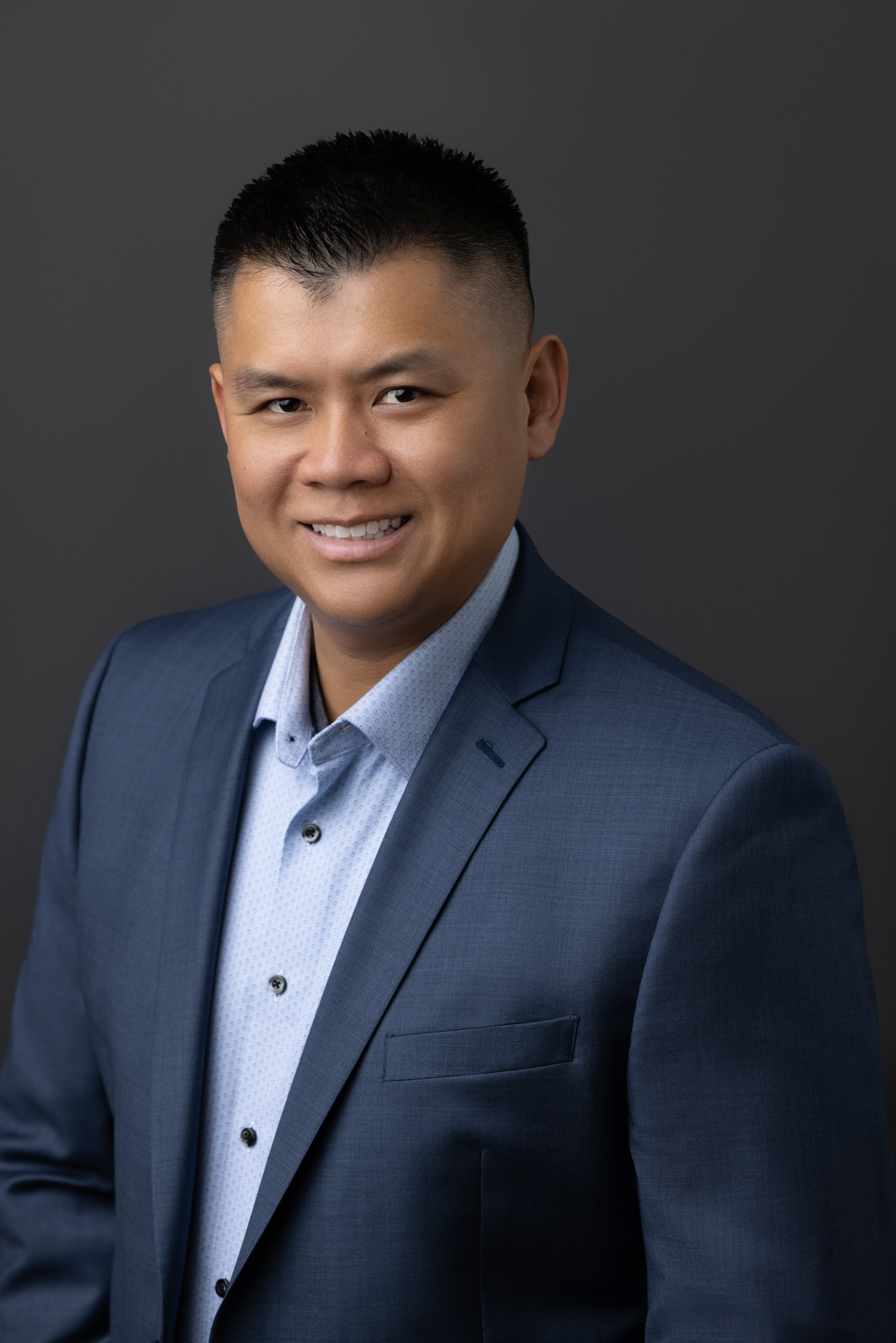Total shoulder replacement surgery is a procedure that, for the right patients, often helps relieve shoulder pain and helps get them back to doing the things they enjoy doing.
In this blog post, I’ll discuss what total shoulder replacement surgery is, who is a good candidate for the procedure, and what the recovery process looks like.
Shoulder anatomy
In learning about total shoulder replacement surgery, it’s helpful to understand a little bit about the shoulder joint. Believe it or not, it’s actually one of the more complex joints in the body, which is one of the reasons why if you need shoulder replacement surgery, you want to see an orthopedic surgeon who specializes in shoulders.
There are three bones that make up the glenohumeral joint (the shoulder joint):
- The humerus (long bone of the upper arm)
- The scapula (shoulder blade)
- The clavicle (collar bone)
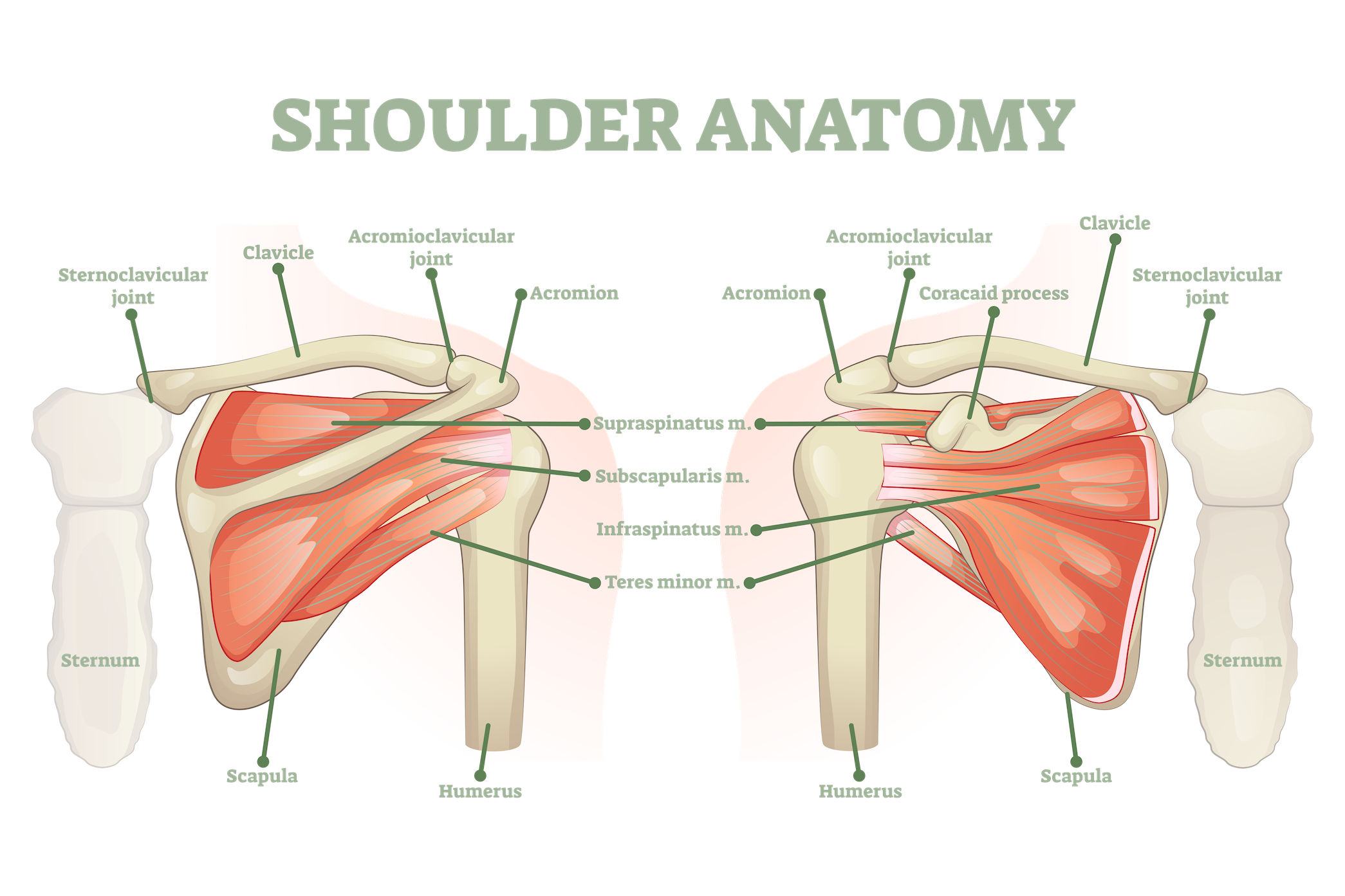
The shoulder is considered to be a ball and socket joint. The ball-shaped top of the humerus enters into a socket called the glenoid, which is part of your scapula. Articular cartilage covers both the humeral head and the glenoid. The articular cartilage enables smooth, efficient, and painless shoulder motion when everything is working properly.
The shoulder joint itself is stabilized by a group of tendons called the rotator cuff. The rotator cuff muscles and tendons surround the shoulder joint and attach the humerus to the scapula. These muscles and tendons keep the ball of your humerus in the socket of your glenoid as your arm moves.
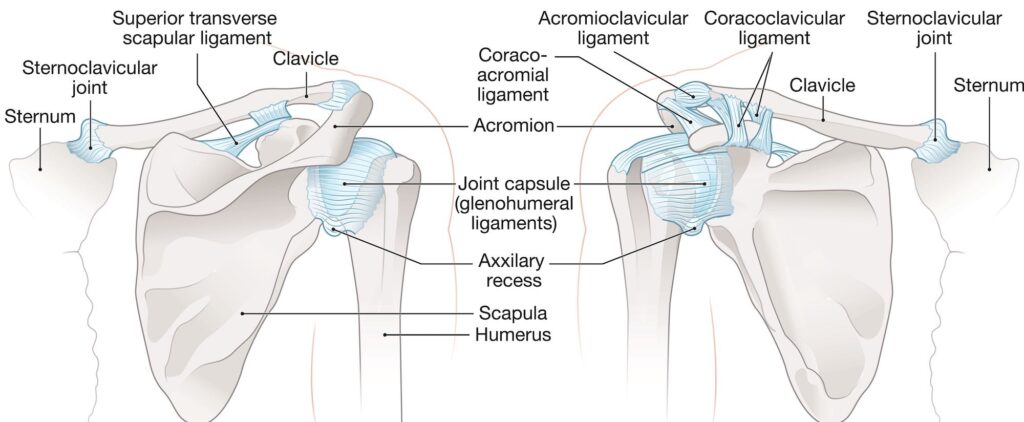
Who is a candidate for total shoulder replacement surgery?
There are a number of reasons why you might need total shoulder replacement surgery. The most common reason is osteoarthritis, which is the breakdown of the cartilage in the joint. Shoulder arthritis can happen for a number of reasons, including normal wear and tear with age or from an injury.
Other conditions that can lead to needing shoulder replacement surgery include rheumatoid arthritis, post-traumatic arthritis, and avascular necrosis (loss of blood supply to the bone).
In addition to having one of these conditions, you might be a candidate for shoulder replacement surgery if you’ve tried other conservative treatments like physical therapy and anti-inflammatory medications but haven’t had relief from your pain.
Typically, the average shoulder replacement patient is between 60 and 80 years old. However, each patient is unique, so depending on the situation, some patients may be in their 40’s or 50’s, or even upper 80’s. It really depends on the overall health of the patient and the severity of their shoulder condition.
Shoulder implants
The goal of total shoulder replacement surgery is to relieve pain and restore function by replacing the damaged parts of the shoulder with artificial components or implants. This will include a humeral stem, a humeral head, and a glenoid implant.
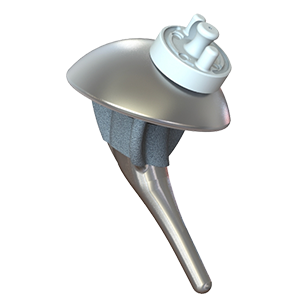
The shoulder implant system I use is the InSet™ Total Shoulder System from Shoulder Innovations. The technology behind this system addresses what historically has been the most significant problem with shoulder replacement which is glenoid loosening. The InSet™ glenoid is set within the most supportive bone of the glenoid (hence the name InSet). This is different from glenoid implants that are placed more on top of the glenoid surface, which over time, can cause more problems with the implant not lasting as long or coming loose.
How to prepare for shoulder replacement surgery
If you are someone who might need or benefit from this procedure, your first step will be to consult with an orthopedic surgeon who specializes in shoulders.
At your consultation appointment, your surgeon will take a complete medical history and perform a physical examination. They will also order X-rays of your shoulder and may also request additional tests like an MRI or CT scan to get a better look at the condition of your shoulder.
Once it is determined that you are a candidate for surgery, your surgeon will go over the details of the procedure with you. They will also discuss what to expect before, during, and after surgery as well as what your post-operative rehabilitation will entail.
Be sure to ask your surgeon any questions you have so that you feel confident and prepared for your surgery.
After your consultation appointment, you will need to do some preparation for your surgery. This will include getting any necessary medical clearances from your primary care physician or cardiologist (if you have heart disease).
You will also need to arrange for someone to drive you home from the hospital after your surgery, as well as help you out at home for the first week or so while you recover.
What to expect during and after surgery
Shoulder replacement surgery is typically performed as an outpatient procedure, which means you will go home the same day. The surgery itself usually takes between two and three hours.
After your surgery, you will wake up in the recovery room, where the nursing staff will closely monitor you. Once you are awake and stable, you will be discharged home.
You will likely have a sling to support your arm and keep it in the correct position.
You will also have regular follow-up appointments with your surgeon to monitor your progress and remove your stitches (if you have any).
Physical therapy will be an essential part of your post-operative rehabilitation. Your therapist will help you regain range of motion and strength in your shoulder. They will also teach you exercises to do at home to continue your progress.
Most patients can expect to return to normal activities within three to six months after surgery. Completing the physical therapy program for your shoulder is going to be critical for regaining the best possible strength and motion.
10 facts about total shoulder replacement surgery
- Total Shoulder Replacement Surgery is a type of orthopedic surgical procedure used to restore shoulder function and mobility in patients with severe shoulder pain or damaged joints.
- This surgery involves replacing the existing joint surface of the shoulder with an artificial one made from durable materials such as cobalt chrome or titanium.
- The primary goal of this procedure is to reduce pain and improve the patient’s range of motion.
- The surgery is typically done under general anesthesia and can take anywhere from one to two hours.
- During the procedure, the surgeon will remove damaged or deteriorated bone, cartilage, ligaments, and joint capsule tissue before inserting the new artificial shoulder joint.
- Post-operatively, physical therapy is recommended to help the patient regain strength and mobility in the shoulder.
- Recovery time for total shoulder replacement surgery can vary from person to person but is typically between 4-6 months.
- Total shoulder replacement surgery has been proven to effectively relieve pain and improve the quality of life in patients with shoulder pain or damage.
- The potential risks associated with this type of surgery include infection, nerve injury, implant loosening, and stiffness in the joint.
- Total shoulder replacement surgery is a safe and effective treatment option for severe shoulder pain and dysfunction.
Shoulder surgeon in Modesto, CA
If you are looking for an experienced shoulder surgeon, I would be happy to meet with you and help you explore your options.
If you would like to schedule a consultation, please give us a call or complete the form below.
"*" indicates required fields




